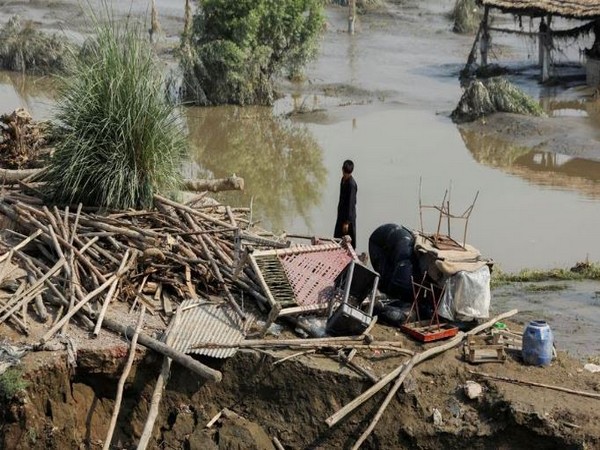Wheat, cotton, and vegetables like peppers, garlic, and onions were among the crops that were devastated by the unusually high rains and hail…reports Asian Lite News
In terms of climate-induced disasters, Balochistan remains one of the areas which is most susceptible to natural calamities, and also has one of the worst defences against those, reported The News International.
Another period of heavy rain and violent hailstorms arrived before those impacted by the floods and torrential rains brought on by climate change in 2022 could begin to recover. Those affected by the 2022 floods and torrential rains triggered by climate change had yet to be rehabilitated when another spell of heavy rainfall and fierce hailstorms hit Pakistan.
The hail destroyed a solar panel set on a tubewell in the Khuzdar district of Wadh, fractured a PVC pipe, and cracked windows on cars and stores.
Several districts in Balochistan’s standing crops that were ready to be harvested were negatively impacted; they include the Khuzdar area of Wadh, Loralai, Zhob, Qilla Saifullah, Muslim Bagh, Ziarat, and Harnai, according to The News International.
Wheat, cotton, and vegetables like peppers, garlic, and onions were among the crops that were devastated by the unusually high rains and hail. Additionally devastated were fruit crops like those of grapes, pomegranates, cherries, and apricots.
A resident of Wadh, 55-year-old Ghulam Nabi, is a small land-holding farmer, and his only source of livelihood is farming on a few hectares.
He said he has never seen such a hailstorm in his life and that, “This is the second year all our cotton and vegetable crops have been destroyed by unexpected rain and heavy hail,” he said.
Nabi said the farmers should receive compensation from the provincial government and that there will be a food scarcity if this doesn’t happen, he added.
In Balochistan, the flash floods of 2022 caused widespread devastation. There were 336 rain-related fatalities between June 1 and October 30, 2022, according to data from the Provincial Disaster Management Authority (PDMA). 187 more people suffered injuries. 475,721.434,424 animals died as a result of flash floods that affected 3 acres of agricultural land, according to The News International.
According to United Nations Office for the Coordination of Humanitarian Affairs (OCHA) more than 116,000 people in Balochistan are still registered as displaced. (ANI)














